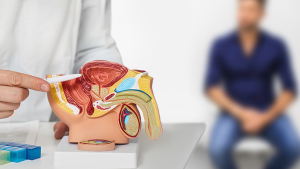Study Reveals Shocking Levels of Microplastics in the Air: Adults Inhaling Up to 68,000 Particles Daily
Adults may be inhaling up to 68,000 microplastic particles a day, raising serious concerns about air quality and long-term health.

August 2, 2025: People may be breathing in over 100 times more microplastics than previously estimated, according to a groundbreaking new study that underscores growing concerns about the health risks of airborne plastic pollution.
Published in the journal PLOS One, the study found that adults are likely inhaling around 68,000 microplastic particles each day from both indoor and outdoor air. Researchers say this level of exposure has been severely underestimated until now.

The international team, led by scientists from the University of Toulouse, focused on microplastic particles between 1 and 10 micrometers in size — small enough to penetrate deep into human lungs and potentially cause significant health problems.
“Most previous studies have concentrated on larger particles between 20 and 200 micrometers,” the researchers wrote. “But these smaller particles may present a more serious threat to respiratory health.”
![]()
Using advanced Raman spectroscopy, the researchers sampled air inside their own homes and car cabins. They recorded median microplastic concentrations of 528 particles per cubic meter indoors and 2,238 per cubic meter inside vehicles. Alarmingly, 94% of the particles detected were smaller than 10 micrometers.
By combining their data with existing research, the team concluded that while adults inhale an estimated 3,200 particles daily in the 10–300 micrometer range, they are also inhaling an additional 68,000 particles per day in the 1–10 micrometer range — far more than previously thought.
The study warns that inhaling these tiny plastic particles can lead to oxidative stress, immune dysfunction, and damage to various organs. The risks may be even higher in enclosed environments like cars, where limited ventilation leads to higher concentrations of airborne microplastics.
“During long commutes, people may inhale far greater quantities of microplastics due to air circulation limits inside vehicles,” said co-lead authors Nadiia Yakovenko and Jeroen Sonke.
The researchers are now calling for urgent further study into the long-term health effects of microplastic inhalation and are urging policymakers to take action on indoor air pollution and improve ventilation standards in both homes and vehicles.









